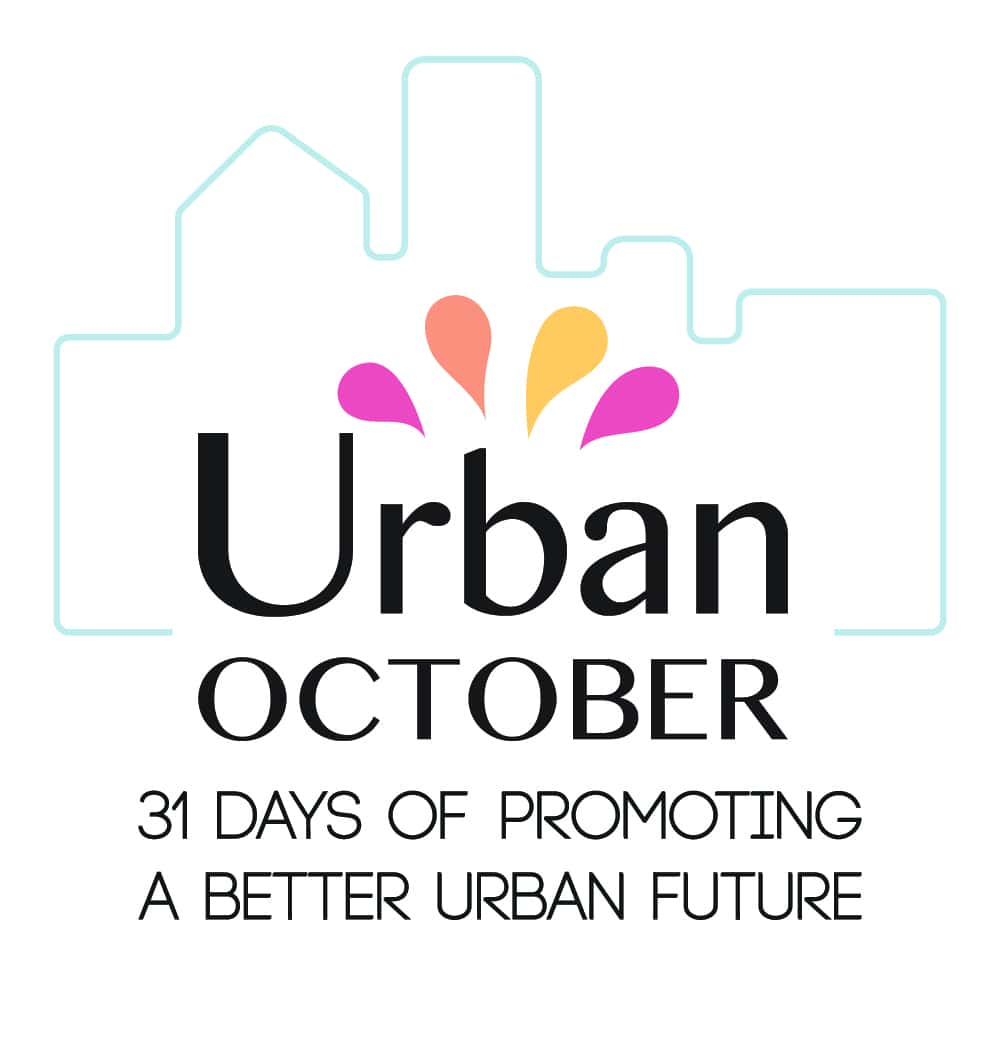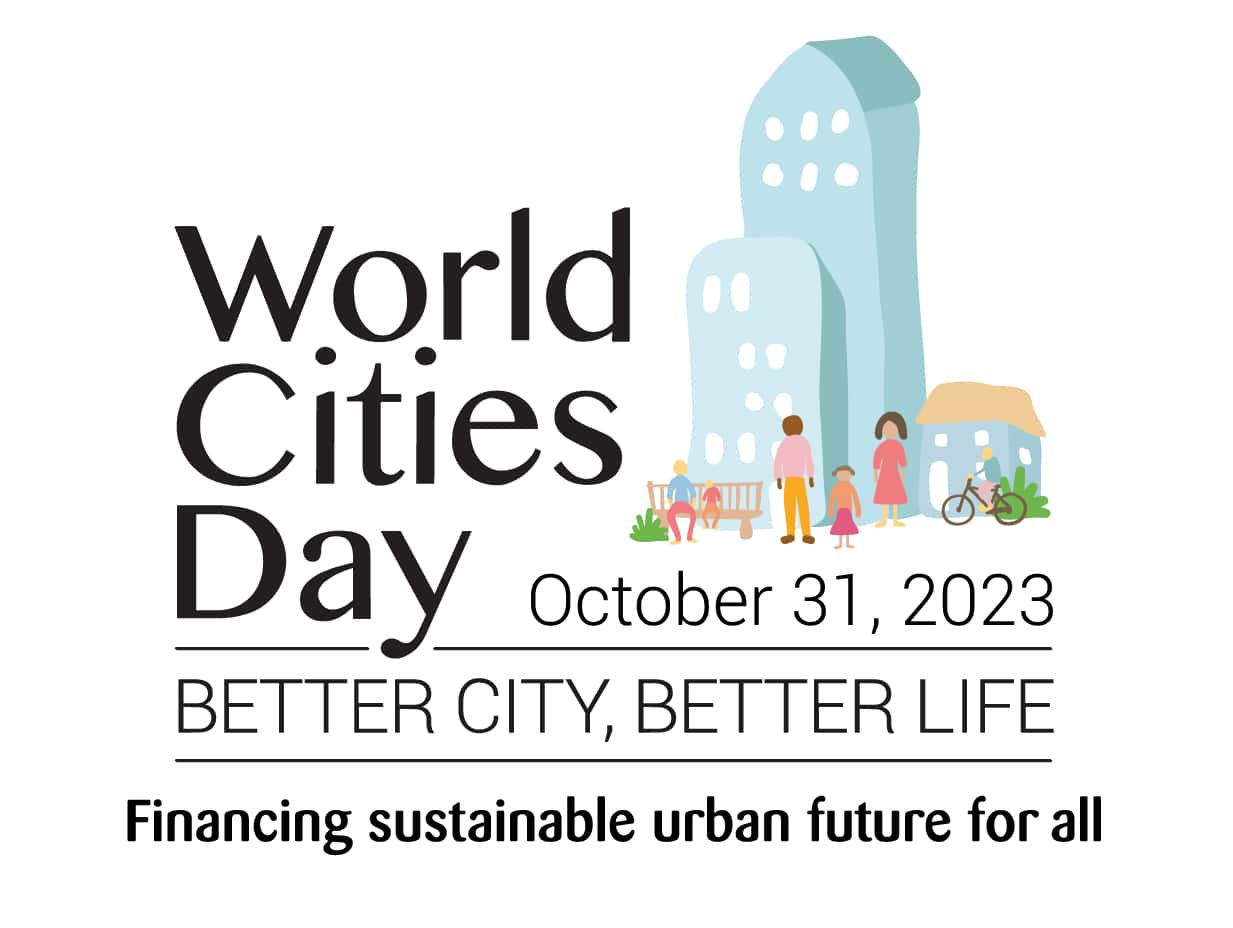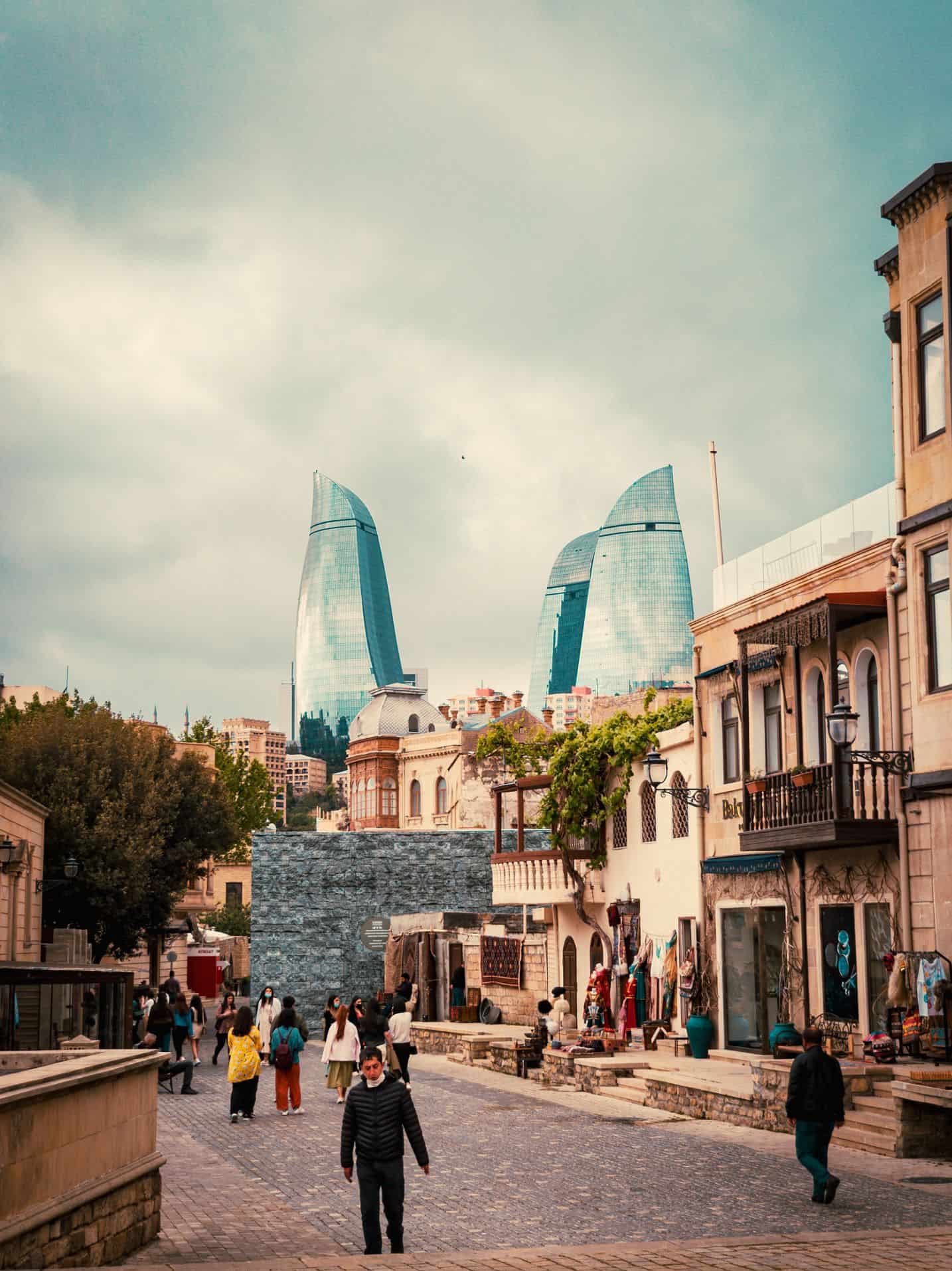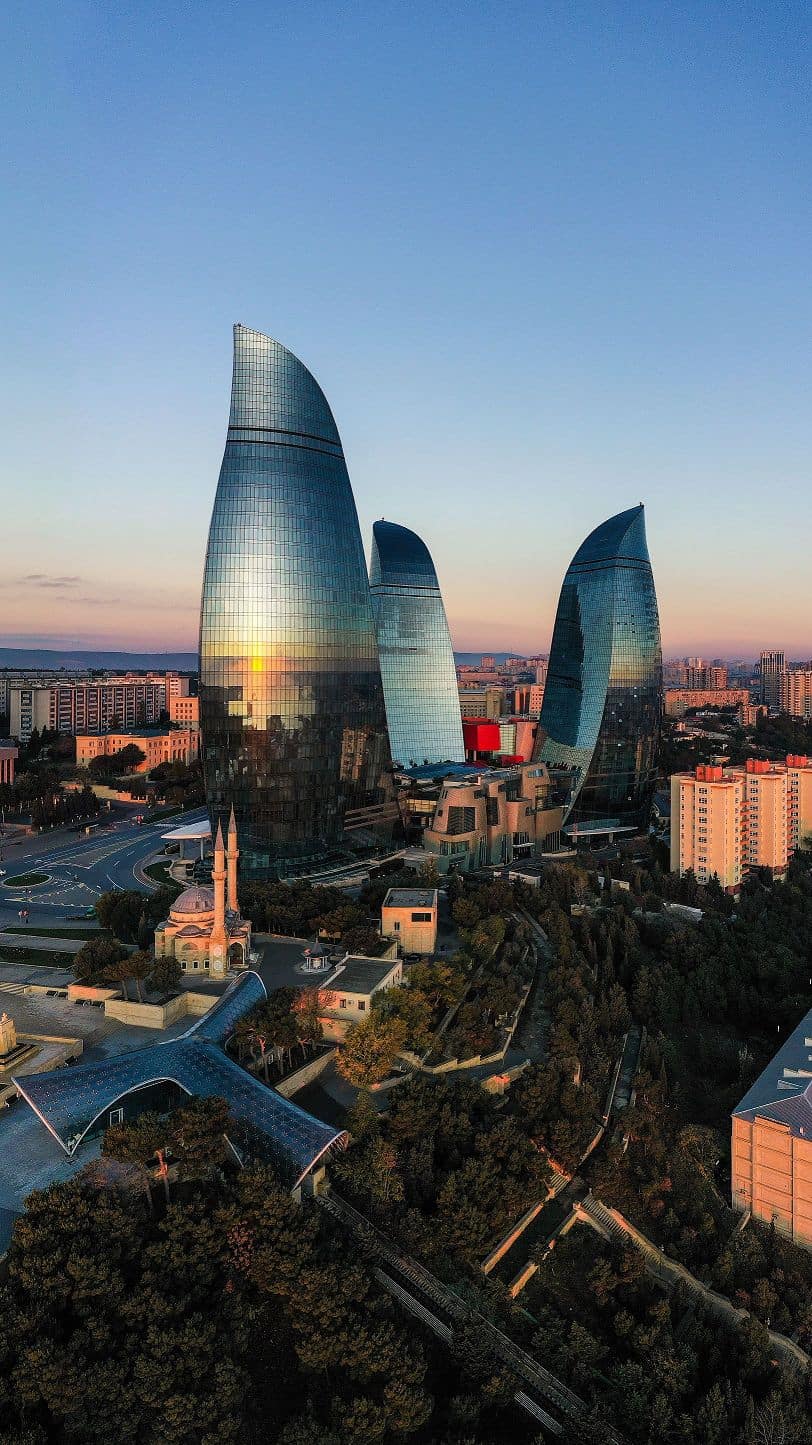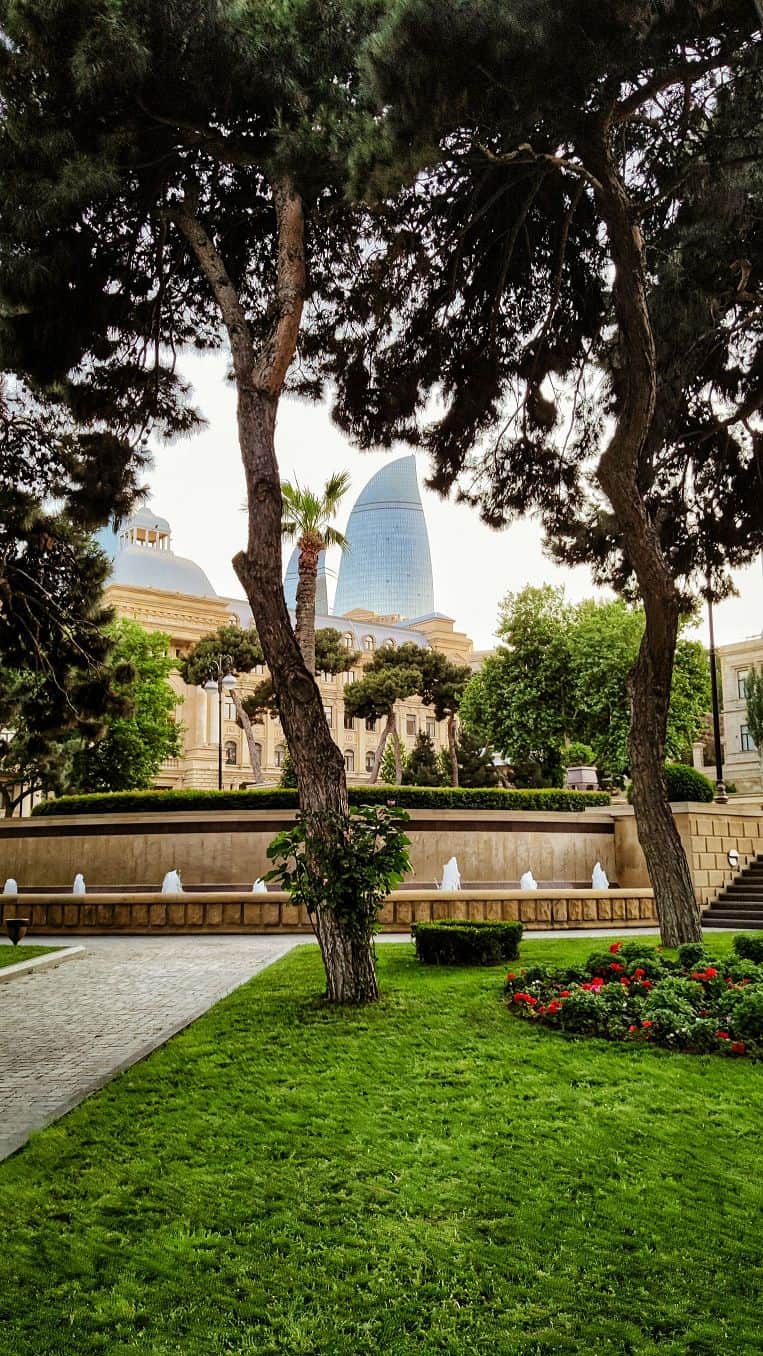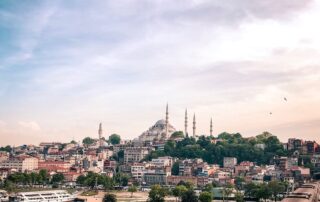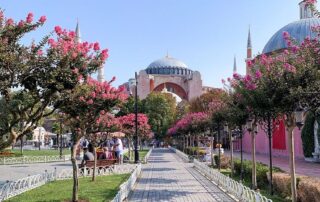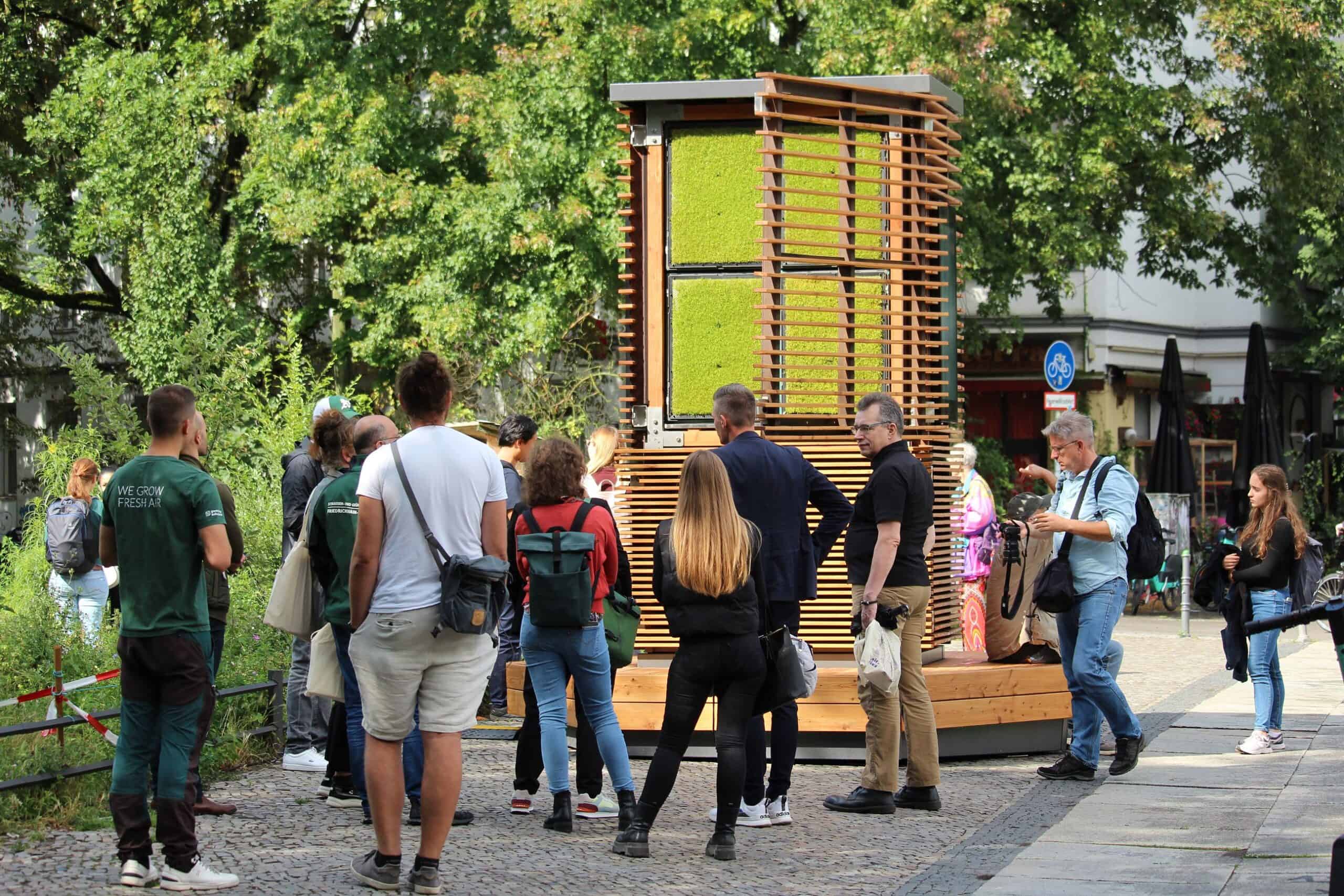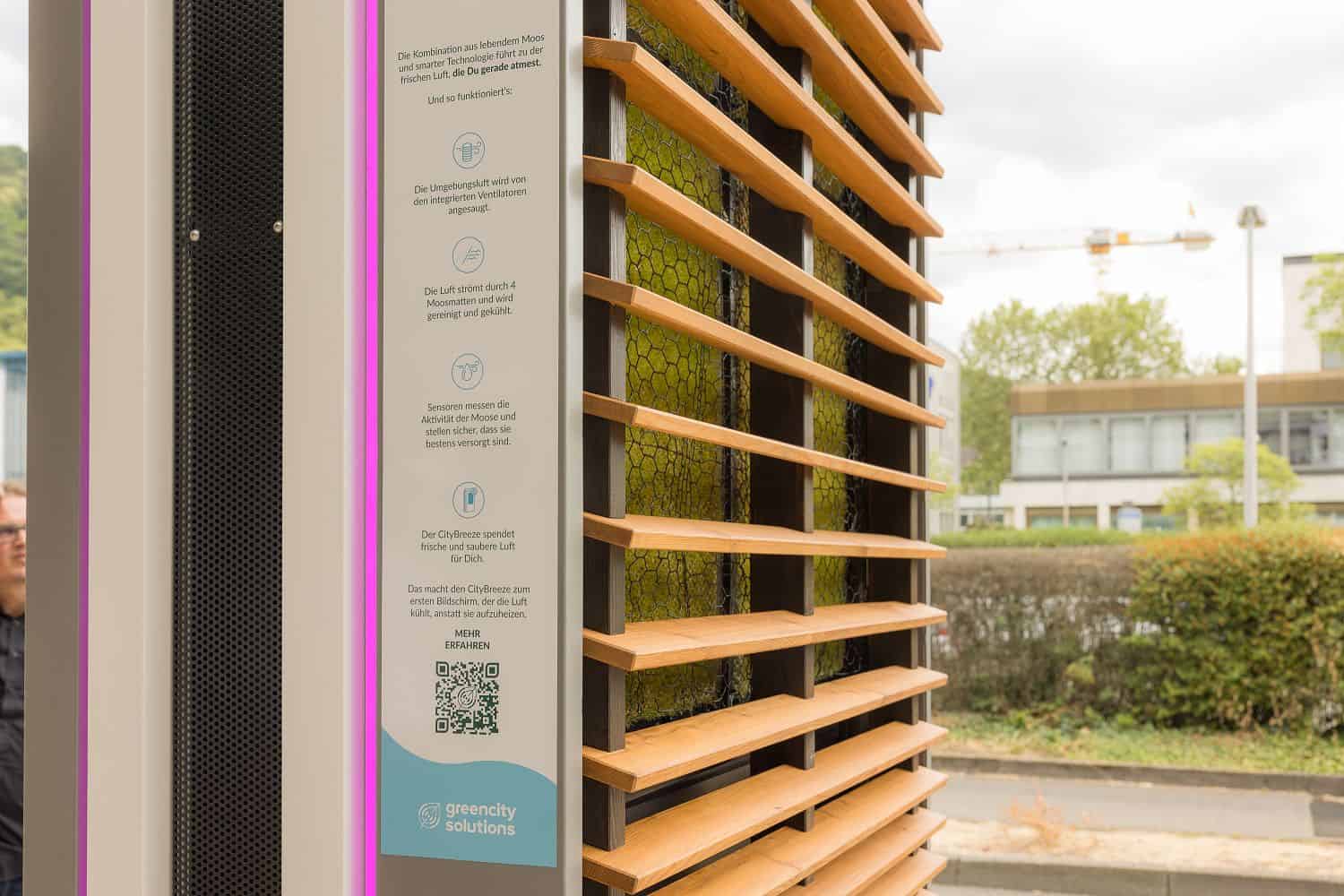“31 days to promote a better urban future”
URBAN OCTOBER: World Habitat Day & World Cities Day
The “Urban October” is an “opportunity for everyone to be part of the conversation about the challenges and opportunities created by the fast rate of change in our cities and towns” (source). It means “31 days to promote a better urban future” (source): “Urban October begins with World Habitat Day at the start of the month and ends with World Cities Day on 31 October” (source).
World Habitat Day: Save Habitats – Resilient Cities
The United Nations designated the first Monday of October of every year as “World Habitat Day” to “reflect on the state of our habitats, and on the basic right of all to adequate shelter” (source). This year’s theme is “Resilient urban economies. Cities as drivers of growth and recovery” and aims to “convene various city stakeholders to discuss the ways in which cities can be primed for recovery” (source). UN Habitat invites everyone to join them “on 2 Oct. 2023, as we discuss how to build more resilient urban economies in the face of climate change” (source).
UN Secretary-General António Guterres said: “Local action is vital, and global cooperation indispensable. […] Let us pledge to build inclusive, safe, resilient, and sustainable human settlements for all people, everywhere.”
This year’s Event City and Country: Baku, Azerbaijan
Photos: Orxan Musayev, Lloyd Alozie & Nazrin Babashova
On “World Population Day” in July, the United Nations noted: “2007 was the first year in which more people lived in urban areas than in rural areas, and by 2050 about 66 per cent of the world population will be living in cities” (source). Thus, with “rapid population growth and urbanization, problems such as pollution and waste are exacerbating” (UNEP, source). On World Habitat Day, the UN stated that “2023 has been a particularly challenging year for Urban Economies” with declining global economy growth (source, WEO by the IMF). But, nevertheless, “given the size of the contribution of cities to the national economy, the future of many countries will be determined by the productivity of its urban areas. Cities are the engines creating the value that boosts economic recovery”! (source).
But cities are also the places “where the fight for a green recovery will be won or lost” (source) as cities consume 78 per cent of the world’s energy and produce more than 60 per cent of greenhouse gas emissions, according to UN Habitat (source).
Moreover, urban areas are in the centre of climate change and its effects: “80% of cities worldwide are facing extreme climate-related events” (source).
World Cities Day: Better City, Better Life
Urbanization presents “some of the most significant opportunities and challenges in the world today. Cities are centres for economic growth and development but also face demographic, environmental, economic and social challenges” (source). Within the United Nation’s Agenda for Sustainable Development and Sustainable Development (SDG), Goal 11 aims to “Make cities and human settlements inclusive, safe, resilient and sustainable” (source) and therefore “identifies sustainable urbanization as one of the key priorities for global development” (source).
The “World Cities Day” brings Urban October to an end on 31 October and was first celebrated in 2014 (source). In 2023, Cities Day’s theme is “Financing sustainable urban future for all” and aims “to identify concrete tools and services available for cities to unlock investments for financing sustainable urban development” (source).
This year’s Event City and Country: Municipality of Üsküdar in Istanbul, Türkiye
Photos: Ibrahim Uzun, Fatih, Osman Koycu & Shifan Hassan
Nature Based Solutions for Cities
We agree with WWF: “Nature must be at the heart of our cities” (source). “Examples from around the world attest that nature-based solutions can cost-effectively and elegantly enhance the sustainability, resilience and liveability of cities”, wrote “International Union for Conservation of Nature and Natural Resources“ (IUCN, source). Urban nature-based solutions can address “multiple challenges, including climate change and biodiversity loss, disaster risk, water and food security, human health and socio-economic development” (source).
The World Economic Forum pointed out that “Nature is the most resource-efficient solution to help build resilient, vibrant and future-proof cities” (source). Thus, already in 2021, a “first-of-its-kind study” by International Institute for Sustainable Development (IISD) stated that “using nature in infrastructure projects could save USD 248 billion per year”!
Moreover, in addition to saving the money, “governments and investors could […] protect the environment, and benefit local communities by replacing or complementing newly built infrastructure with plants, trees, and other natural alternatives” (source). Nature Based Solutions (NBS) are defined “actions to protect, sustainably manage, and restore natural or modified ecosystems that address societal challenges effectively and adaptively, simultaneously providing human well-being and biodiversity benefits’” (IUCN, source).

Photo: Nerea Marti Sesarino
The research found that
- “Nature Based Infrastructure (NBI) costs around 50% less than equivalent built infrastructure while delivering the same – or better – outcomes. As well as the lower initial costs, NBI tends to be cheaper to maintain and more resilient to climate change”.
- “A total of USD 4.290 trillion worth of infrastructure is needed worldwide each year, and 11% of this could be met with NBI. This results in potential savings of USD 248 billion a year […].”
- “In addition to the cost savings, NBI also generates on average 28% more added value than built infrastructure. This is because it can bring environmental benefits like reducing air pollution or capturing and storing carbon dioxide from the atmosphere; social benefits like providing pleasant spaces to relax; or economic benefits like boosting tourism.”
- “NBI can bring savings and benefits across all infrastructure sectors”, including: Around 50% of climate-resilience infrastructure needs […] which can help tackle erosion and flood risks” and “10% of transport infrastructure needs can be met with NBI like swales and wetlands, which retain and slow down water, thus reducing flood damage to roads and railways.”
A recent analysis even stated that “dozens of European cities could reach zero carbon emissions over the next ten years by incorporating nature into their infrastructure” as they “concentrated on the indirect ways that ‘nature-based solutions’ might contribute to carbon neutrality” (source).
What do Nature Based Solutions look like?
They are not a single action, but many! There are also differences between Nature based, Nature derived, and Nature inspired solutions. NBS use the “tools that nature already provides”: They often “enhance existing natural or man-made infrastructure and spur long-term economic, social and environmental benefits” (source). They can include green infrastructure, soil conservation and recovery, protecting settlements from floods and seas, enhancing biodiversity and its services, regenerating places and connecting communities as well as improving air quality and lowering temperatures in our cities (source).
NBS are “based on a simple – and old – idea”, reports Ruth Larbey for the “Economics Observatory (ECO)”.
Photos: GCS
Moss as an effective Nature Based Solution for Cities
What could be simpler and older than the oldest land plants on earth with 450 million years?
In her article, Ruth Larney also reports about moss – and us – as our solution comes from nature.
Urban spaces have enormous surface potential for the fight against climate change. And mosses can actively combat climate change and mitigate its consequences. Thus, we are sure: moss must go into the city.
Two special features in particular make mosses an important ally in the fight against global warming: air cooling and purification. In addition, mosses are little sponges. Since they draw water only from the air, they do well to absorb and store a lot of moisture. Mosses can store and evaporate up to 20 times their own weight in water. Via evaporation, a considerable cooling of the air is generated. Anyone who has taken a break in a mossy forest clearing in summer knows this refreshing effect.
In combination with our active aeration, the moss modules can reduce the ambient temperature by up to 4 degrees, which corresponds to a cooling capacity of up to 6.500 watts. This ability is ideal for combating urban heat islands, which are becoming an ever greater threat to people and nature as a result of advancing climate change.
The moss modules are used in various multifunctional fresh air concepts. The integration of classic green elements for biodiversity promotion, analog and digital information carriers, seating furniture, water tanks, and even network technology or charging infrastructure allows versatile applications, for example, in rainwater management strategies due to their high evaporation capacity.
The moss filters thus contribute to more sustainability and a healthy, livable city – visible and measurable, locally and immediately.
Photos: GCS & Sabine Arndt

